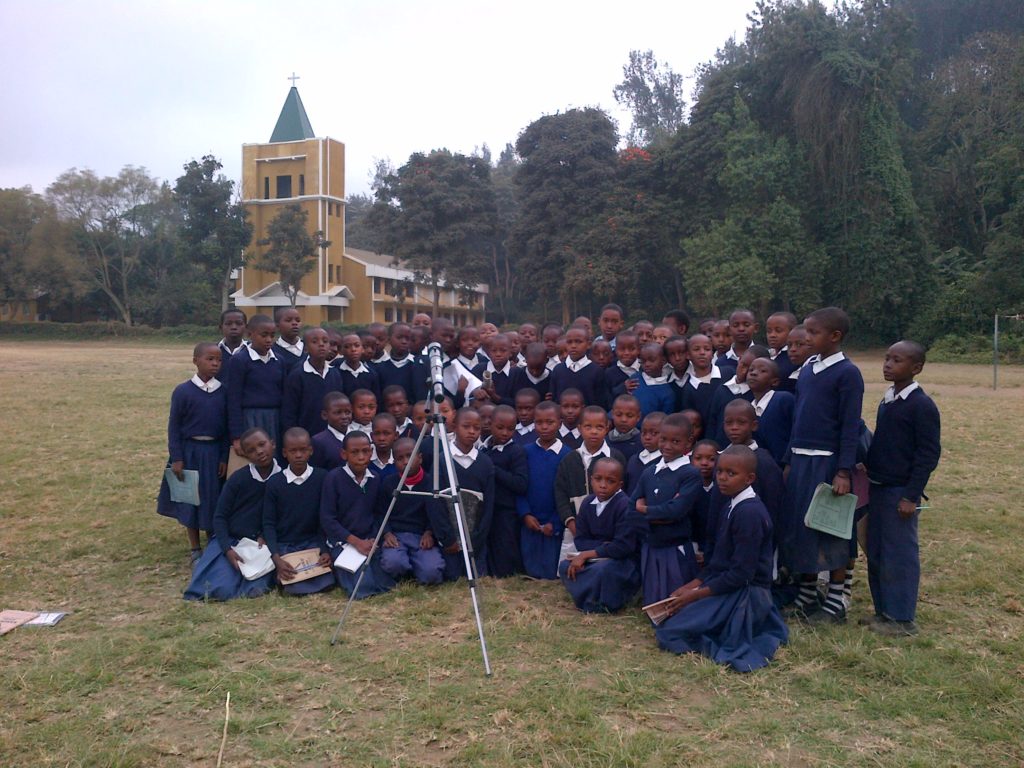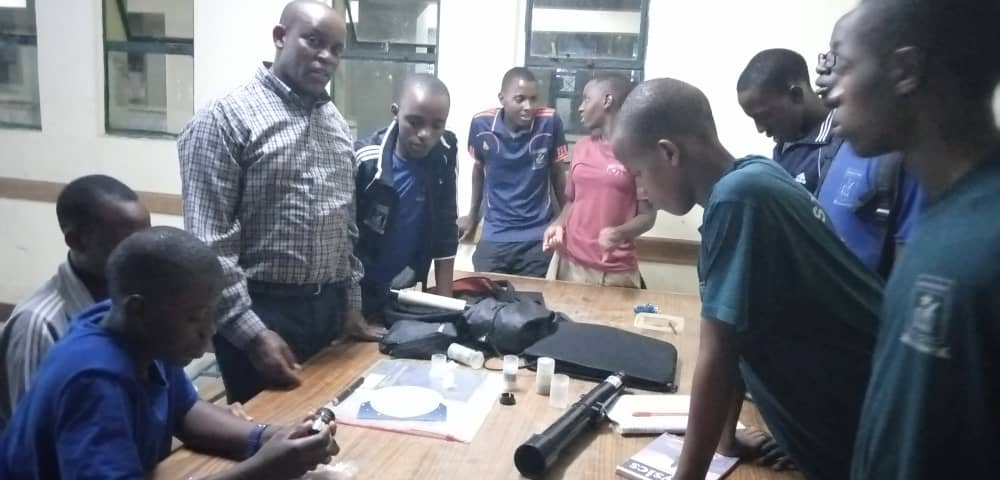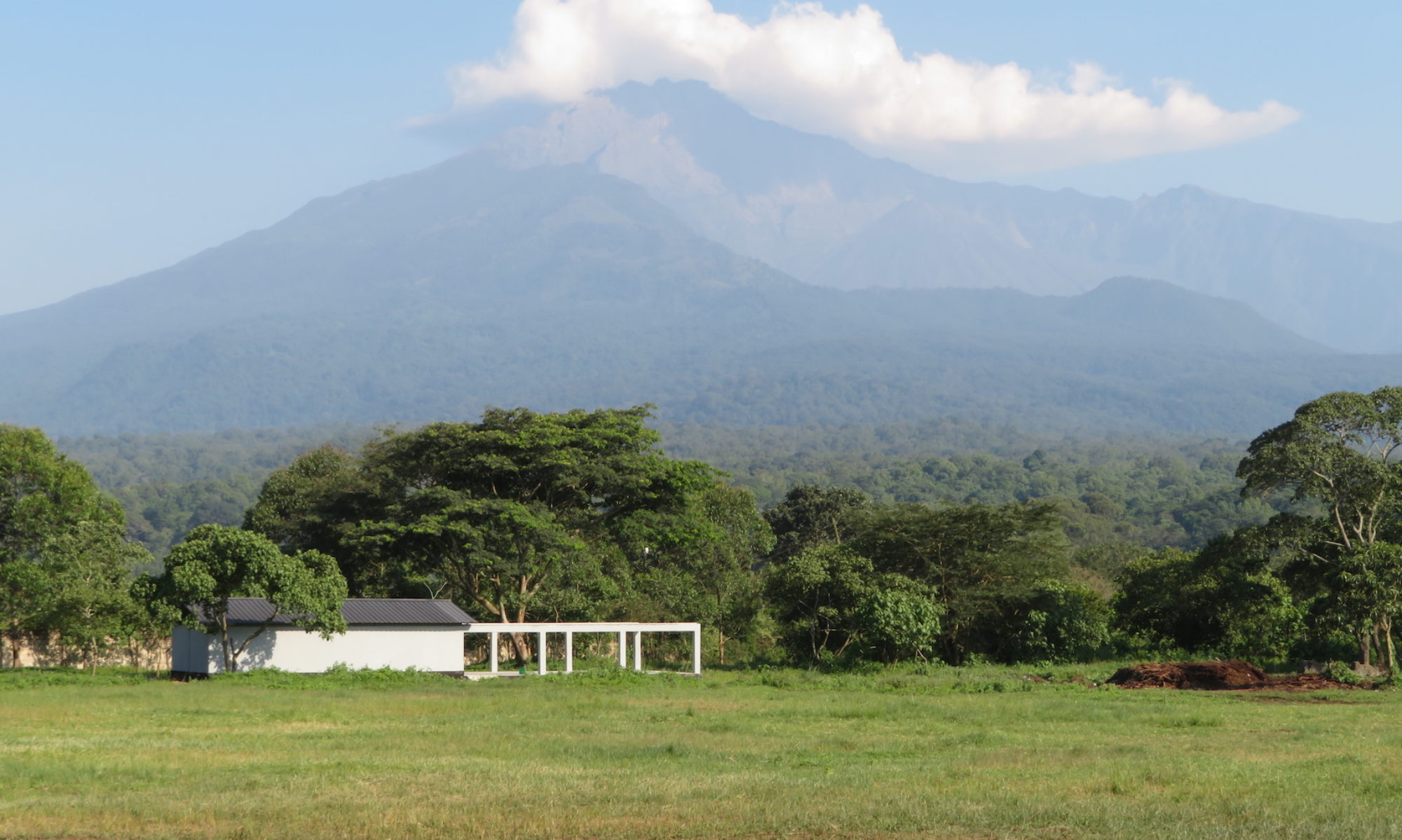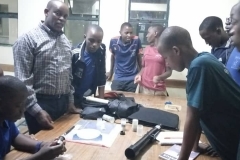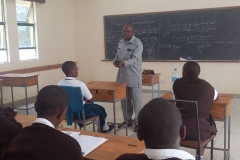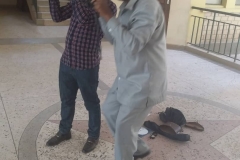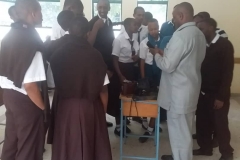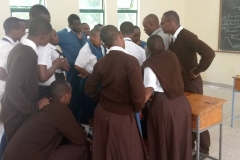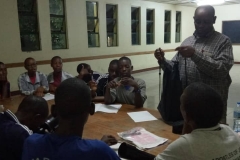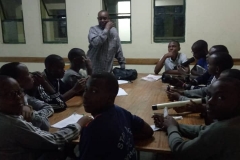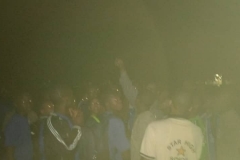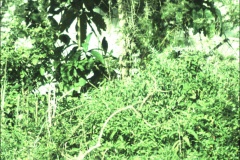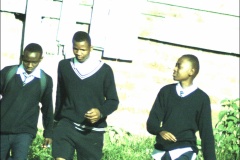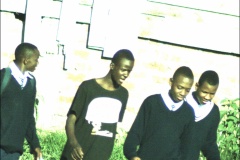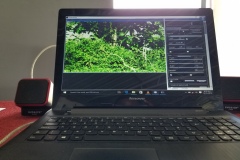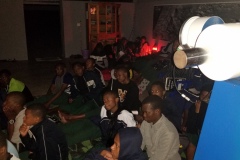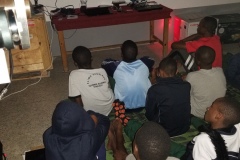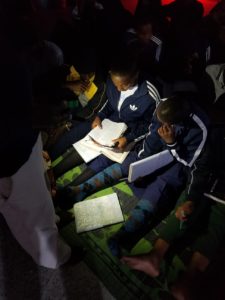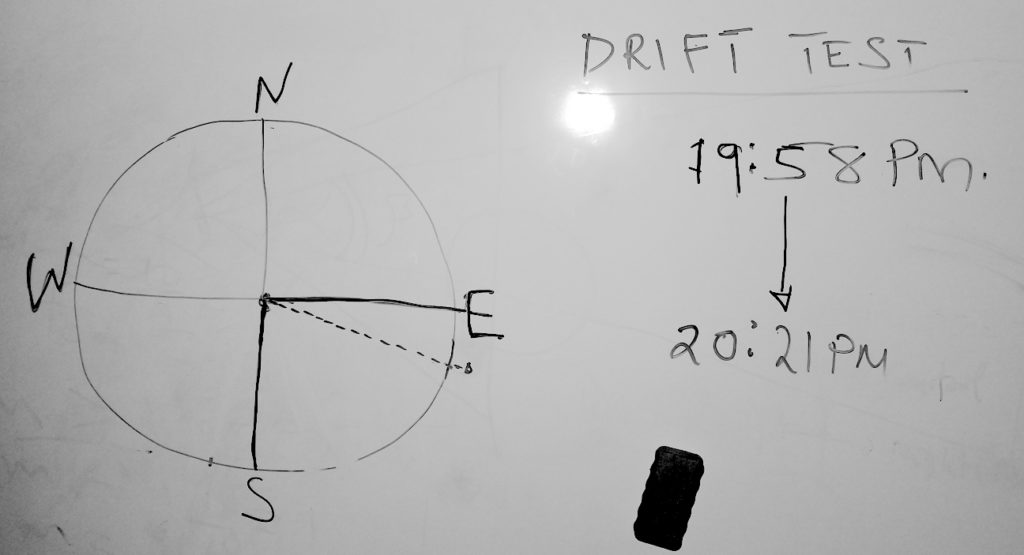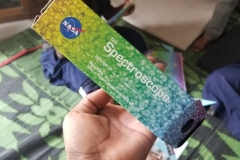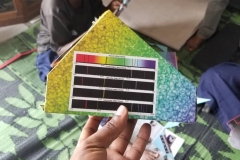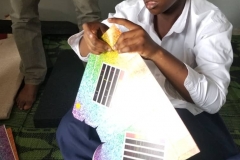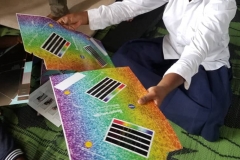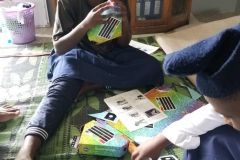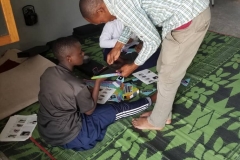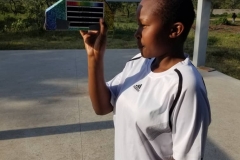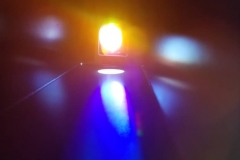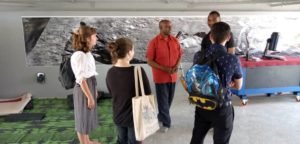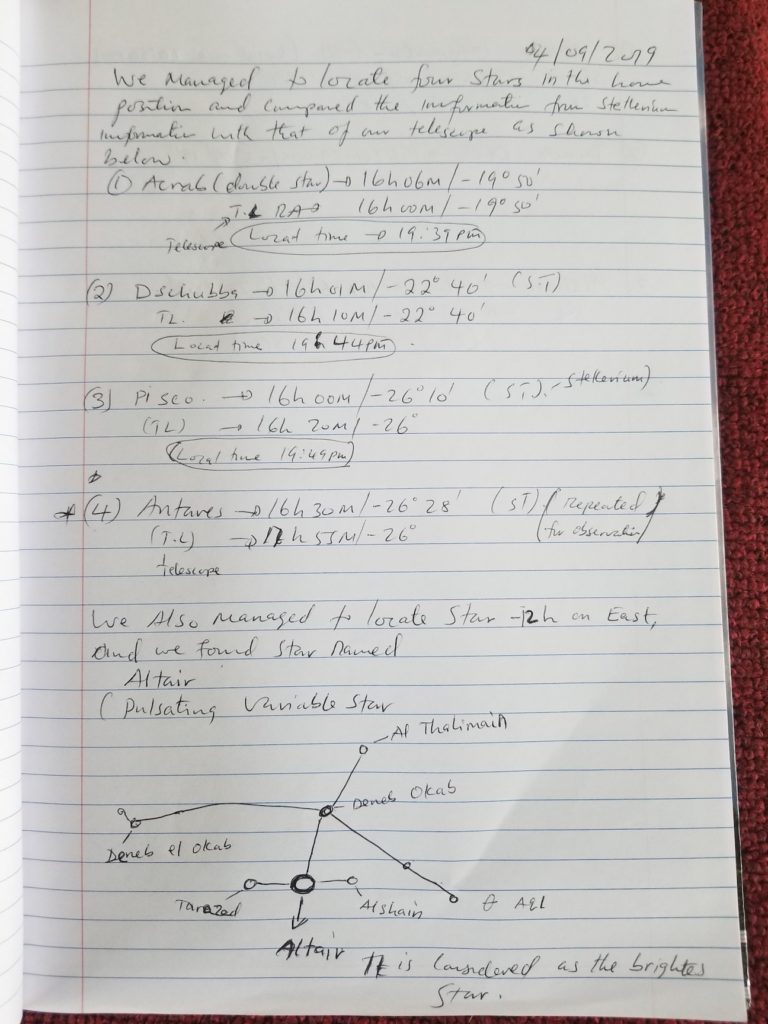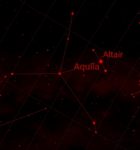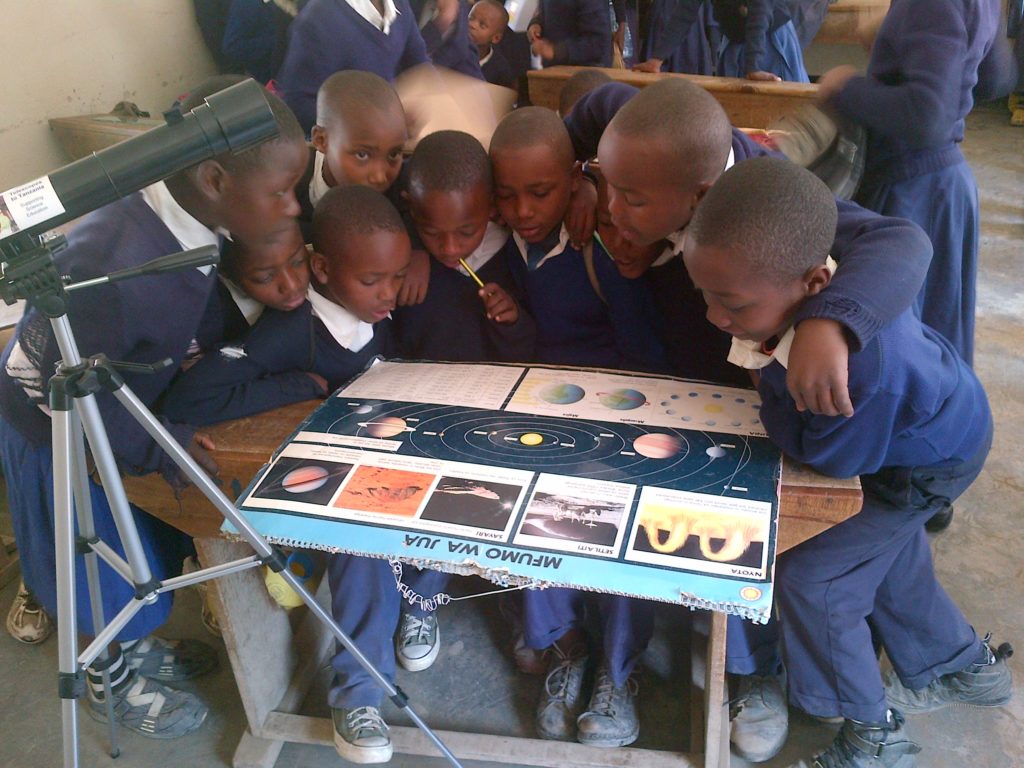
This just in from Eliatosha Maleko, instructor at Ilboru Primary School and Astronomy Ambassador for MMAO, his summary of the month working on the completion of the observatory and installation of the telescope.
“I am very happy to express my sincere gratitude and happiness to you since I started my participation in the Astronomy about 10 years since … It is amazing and Astronomy [has] changed everything in my life and the people surrounding me, especially my students.
Through my learning all those years I have learned how to work with people of different areas and especially to show passion [for] Astronomy [and this] makes my students to love to learn as their curious to know more and more.
In my three weeks astronomical participation with Mr Kai, I have learned many things and especially, culture of different people all round the world, learning especially on how to take very small and minor measurements … I have learned to take things seriously and never to ignore [the details].
Moreover [we worked in] time management so that every thing should be done in time, and [to share] passion and humbleness to to people of different ages and to listening to them as through them we learned many things.
I have learned to say “I don’t know” as a way to learn more … it doesn’t matter you’re title, the only thing to say [is] “I don’t know”.
Finally I thanks everyone especially Astronomers Without Borders, UNAWE, and their facilitators and donors for their support … especially to Telescopes to Tanzania Pastor Chuck, Sue, Dan, Mike, Kai, and Mponda for their great, great support, encouraging and participation to make sure that students enjoy learning and to explore more our sky.
Together we can enhance learning and improve Astronomy in Tanzania.” –Eliatosha
